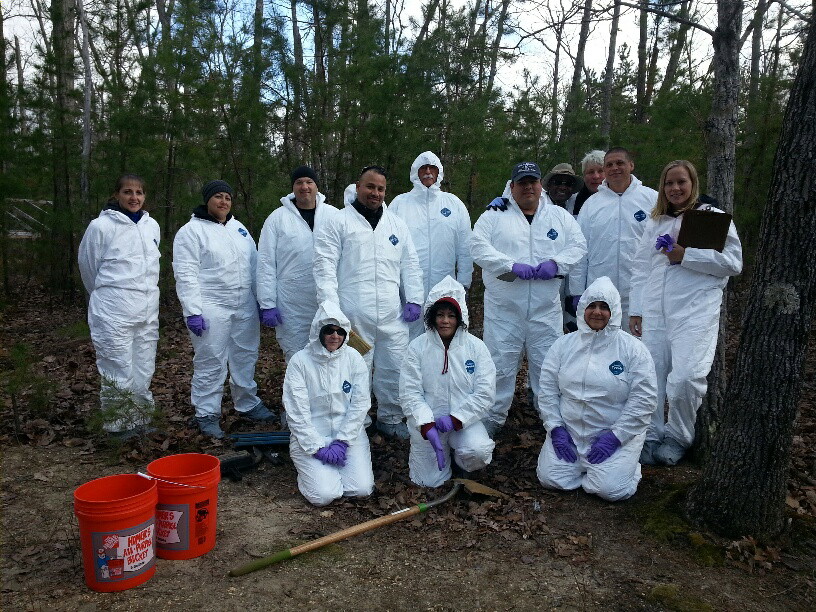Unlike the scripted crime scene investigation shows that unfold nightly on TV, there is nothing fictitious about the real-life work of Northern Arizona University’s resident forensic archaeologist, Sharon Moses.
The assistant professor of anthropology knows a thing or two about digging up bones and is sharing her expertise with students and local Flagstaff law enforcement.
“Starting in the fall, the Department of Anthropology is offering several courses for students interested in learning about forensic archaeology,” Moses said. “Our introductory course—ANT 255, called Murder, Mayhem and Madness—gives students the chance to learn about the social science side of forensic sciences, including background on the cultural and historical development around the world, as well as the many ‘hard science’ aspects, such as blood spatter, finger printing and other crime scene strategies.”
ANT 255 is expected to be the foundation course for an interdisciplinary forensic minor that Moses is currently putting together and coordinating within the Social and Behavioral Sciences College.
“Students are often curious about forensic sciences but some are deterred by it because they feel they must have a background in lab-based sciences,” Moses said. “While this is true for a number of aspects of forensic investigation, it is not true that these are the only means by which students can enter a career in forensics. After becoming familiar with alternatives, students can then determine from what discipline or specific emphasis they wish to approach it and how much additional education it will require.”
Moses, who earned her Ph.D. in anthropology from Cornell University in 2009, regularly teaches forensic field training methods around the country to law enforcement agencies, crime scene specialists, homicide teams and others involved in body recoveries.
Her most recent training session was provided in Fall 2015 to the Navajo Nation law enforcement and other personnel confronted with human remains in the course of their jobs. Moses has consulted with law enforcement in Coconino County, Arizona and in other states including Montana, Utah and South Carolina for criminal and missing persons body recovery cases.

In addition to offering her professional expertise as a public service, Moses draws upon her experiences and continuing education in the forensic discipline, including terrorist bombing body recovery/crime scene analysis and aquatic death/homicide investigations training into the classroom to benefit her students.
Moses said the popularity of forensic science in mainstream media has led to some confusion about the difference between forensic archaeology and forensic anthropology.
“Forensic archaeology focuses on all things related to body recoveries in outdoor environments,” she said. “Many forensic archaeologists, like myself, have training in recognizing and differentiating human from animal bone as well as reading taphonomic processes such as soil changes, plant growth, insects and animal scavenging patterns which can tell us a lot about the story of the case at hand.”
In contrast, forensic anthropologists are trained extensively in human bones and focus heavily on wound trauma and past pathologies to trace the life span of the person being examined including cause of death, Moses added. The main focus is reconstructing the life of the individual for identification purposes to definitively link them to a missing persons case or crime investigation.
“For students interested in forensic archaeology, ANT 430 will also be offered this fall and will have an opportunity to work on simulated body recoveries with replica skeletons,” Moses said. “My goal for the forensic minor is to have it accepted as a new program by the end of Spring 2017.”



